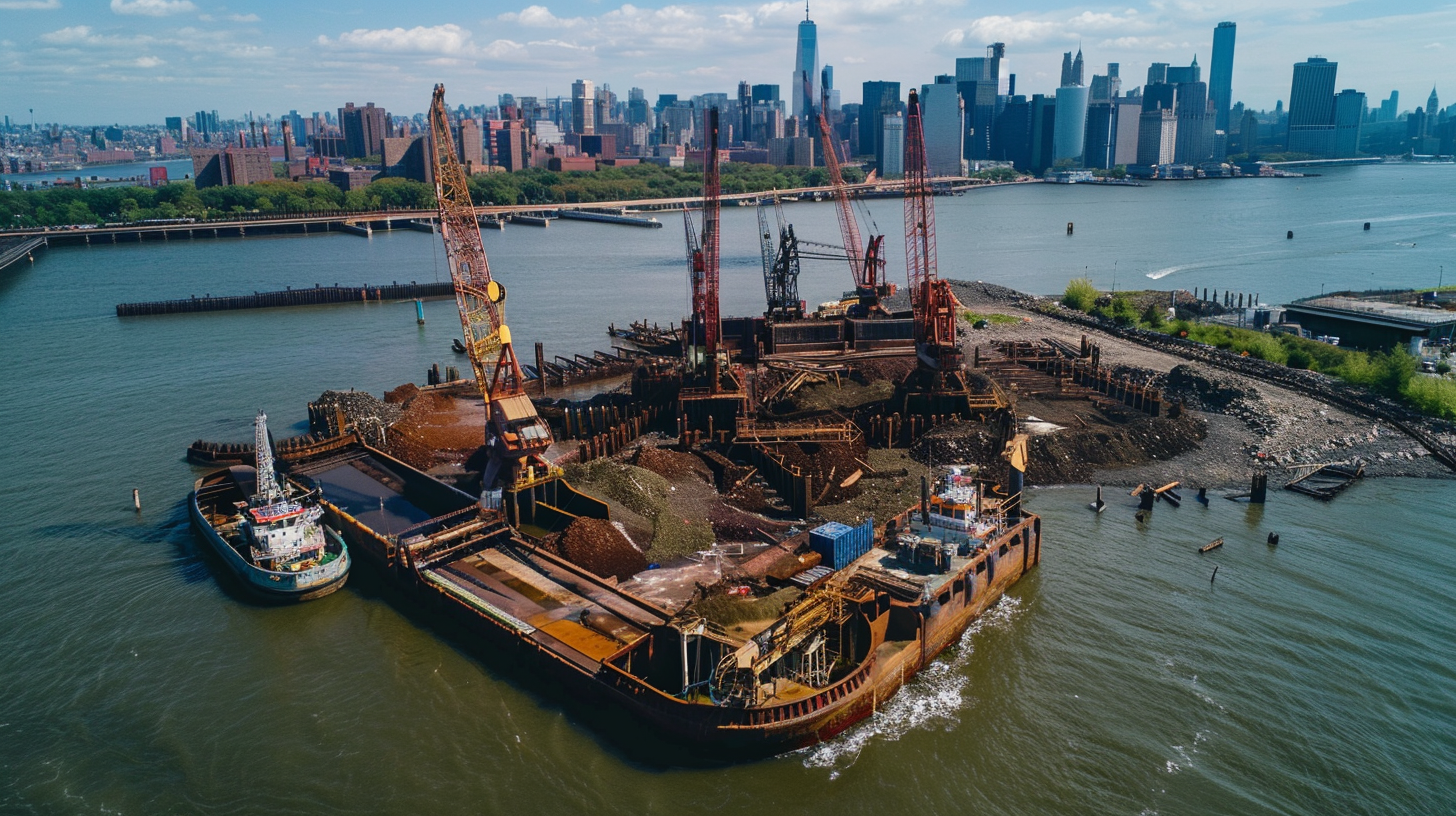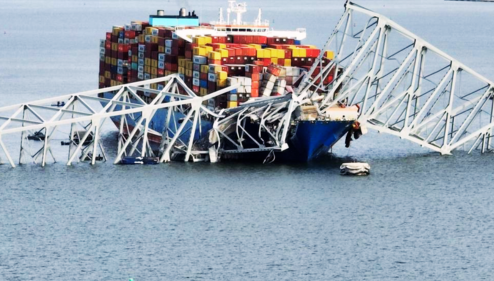| Key Points: – Mattr’s acquisition of AmerCable strengthens its presence in North America and broadens its product offerings. – The acquisition is immediately accretive to EPS and expected to bring recurring revenue and stability. – Addition of AmerCable’s medium-voltage cable capabilities complements Mattr’s Shawflex line, supporting growth in electrification and infrastructure. |
Mattr Corp. (TSX: MATR), a leader in materials technology, has announced an agreement to acquire AmerCable Incorporated, a premier U.S.-based manufacturer of highly engineered wire and cable solutions. The acquisition, valued at $280 million USD, is expected to close by the end of 2024, subject to regulatory approvals. This strategic move positions Mattr to enhance its footprint in the U.S. and expand its product offerings in the growing global electrification market.
This acquisition will integrate AmerCable’s capabilities with Mattr’s Connection Technologies segment, allowing Mattr to better serve its North American clients by increasing its manufacturing capacity for medium and low-voltage electrical power, control, and instrumentation cables. Through AmerCable’s facilities in Arkansas and Texas, Mattr is poised to strengthen its North American manufacturing network, which includes its Shawflex brand in Canada.
The acquisition is aligned with Mattr’s strategy of diversifying its portfolio and building a more extensive geographic presence. Mattr CEO Mike Reeves highlighted that this acquisition will support the ongoing modernization of critical infrastructure in North America, bringing enhanced capabilities in low and medium voltage cable solutions essential to the electrification movement.
AmerCable’s products are designed for mission-critical applications, where durability and reliability are paramount. Its robust production network in the U.S. adds complementary capabilities to Mattr’s existing Shawflex brand, offering an expanded product range. In particular, AmerCable’s medium-voltage solutions will broaden Mattr’s offerings, making it a key provider of both high-tech and durable cable systems for extreme operating environments.
The acquisition is expected to be immediately accretive to Mattr’s earnings per share (EPS) and is projected to create substantial long-term value for Mattr shareholders. CFO Tom Holloway noted that AmerCable’s addition would boost Mattr’s financial performance and is expected to bring added stability through recurring revenues, thanks to AmerCable’s long-term relationships with key blue-chip clients.
The transaction value of $280 million USD represents a compelling valuation, with a purchase price set at approximately 5.0 times AmerCable’s Adjusted EBITDA for the 12-month period ending June 2024. Post-transaction, AmerCable will add around $75 million CAD in TTM Adjusted EBITDA, reinforcing Mattr’s commitment to margin growth within its Connection Technologies segment.
In addition to enhancing its financial profile, the acquisition will also improve Mattr’s raw material procurement efficiency and create opportunities for cross-selling and innovation by leveraging the shared technical expertise of both companies. This move is expected to accelerate Mattr’s position in high-growth markets, driven by the rise of electrification and infrastructure renewal.
With AmerCable’s production sites in Arkansas and Texas complementing Mattr’s facilities in Vaughan, Ontario, the combined network will provide a platform for organic and acquisition-driven growth opportunities across North America. The transaction has received unanimous board approval from both Mattr and Nexans, AmerCable’s previous parent company, with the anticipated close set for year-end.
Mattr will host a shareholder and analyst conference call to discuss further details on the acquisition and its strategic implications on November 8, 2024.





